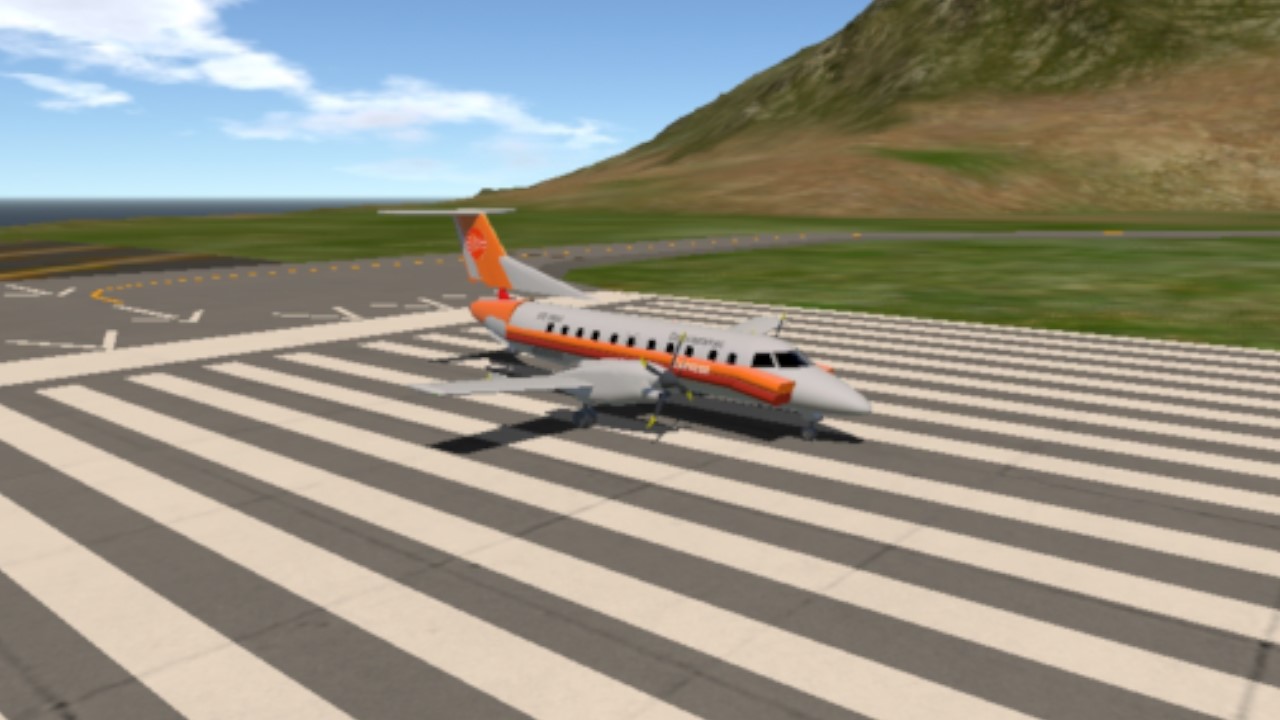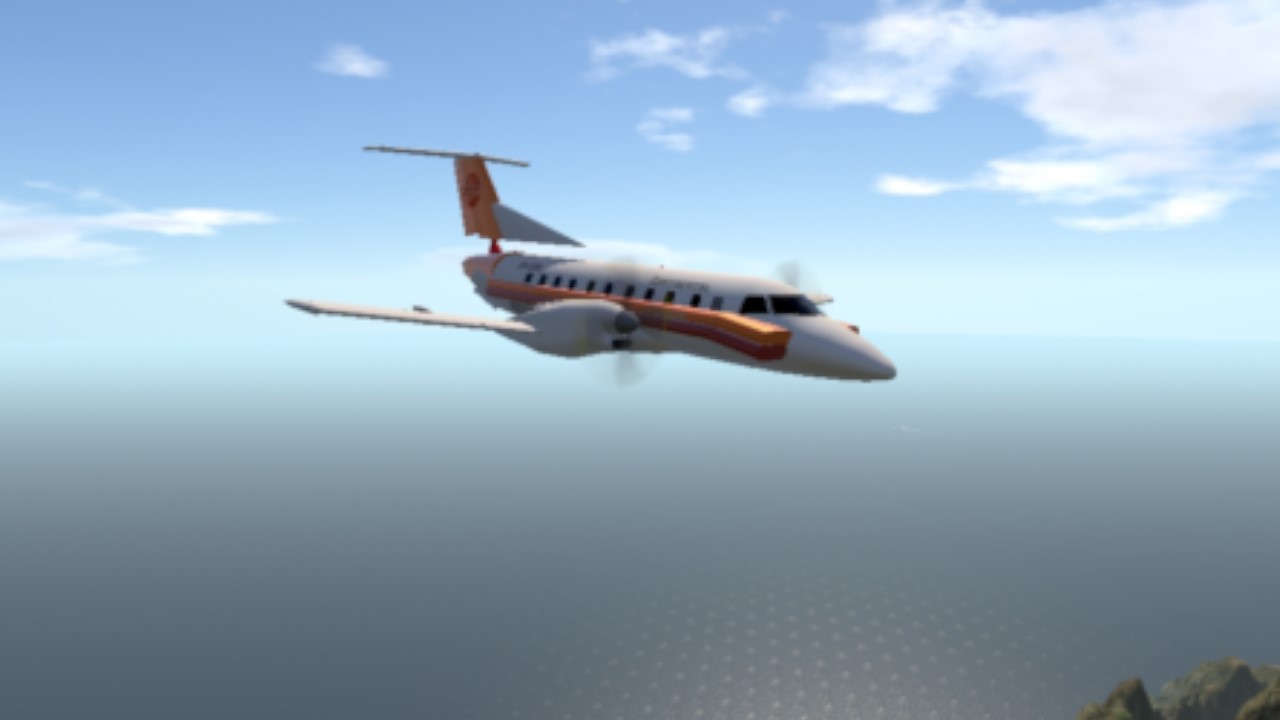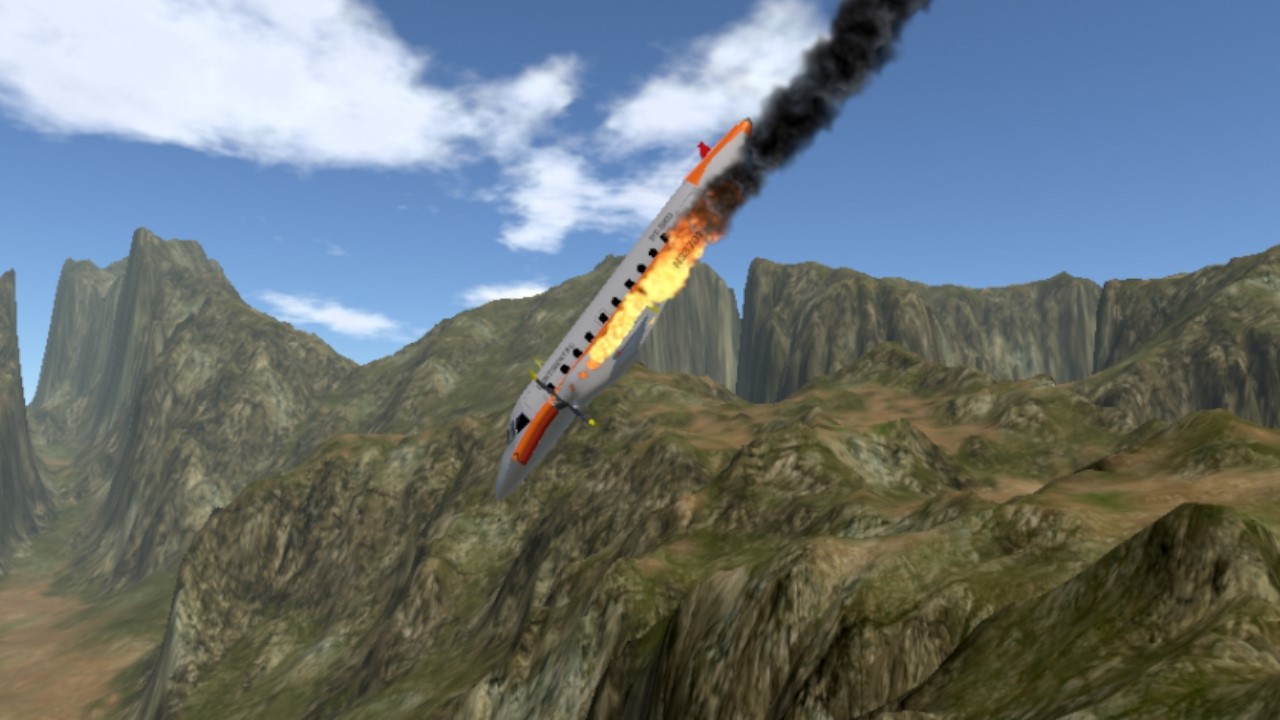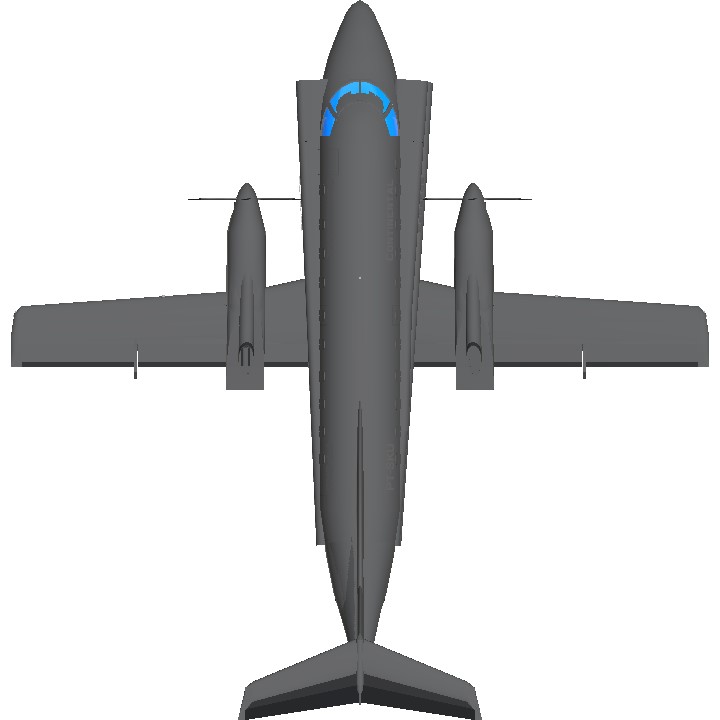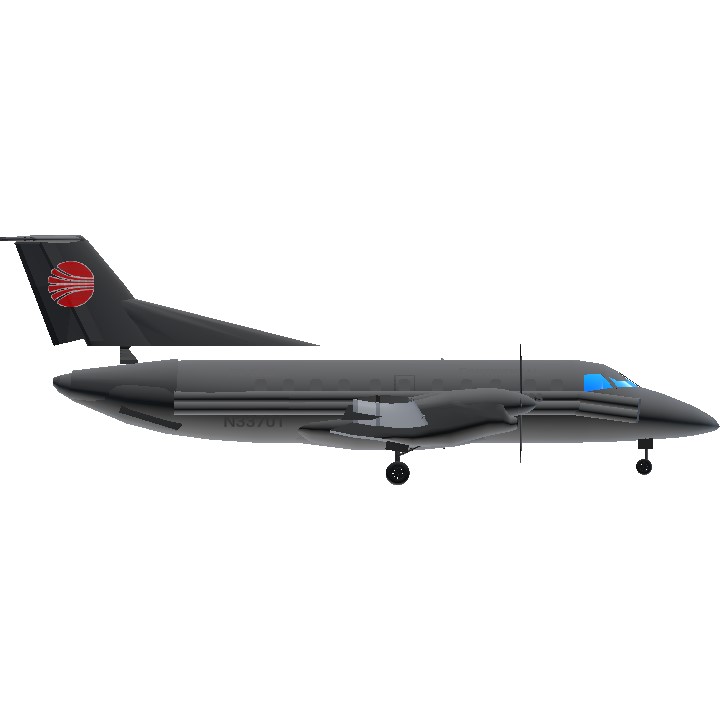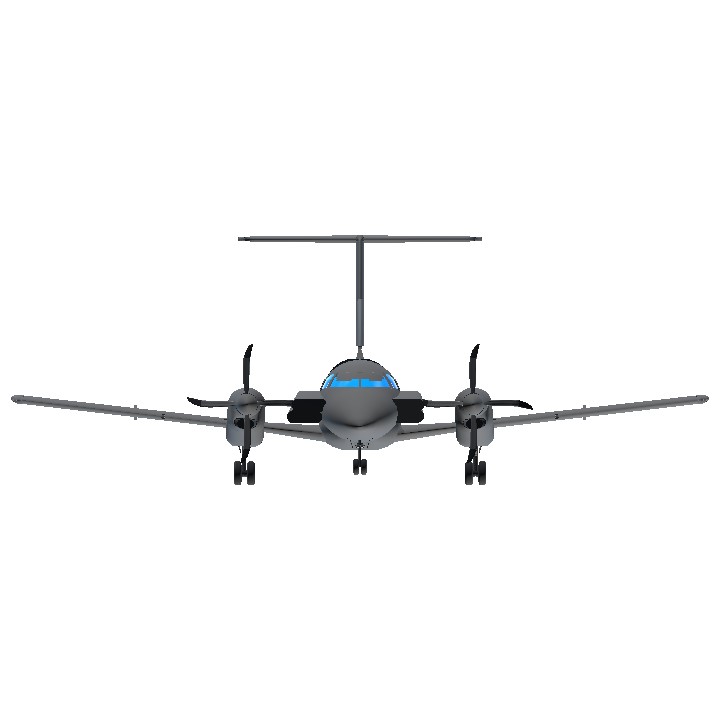About Embraer EMB 120 Brasilia
The Embraer EMB 120 Brasilia is a twin-turboprop 30-passenger commuter airliner designed and manufactured by the Brazilian aircraft manufacturer Embraer.
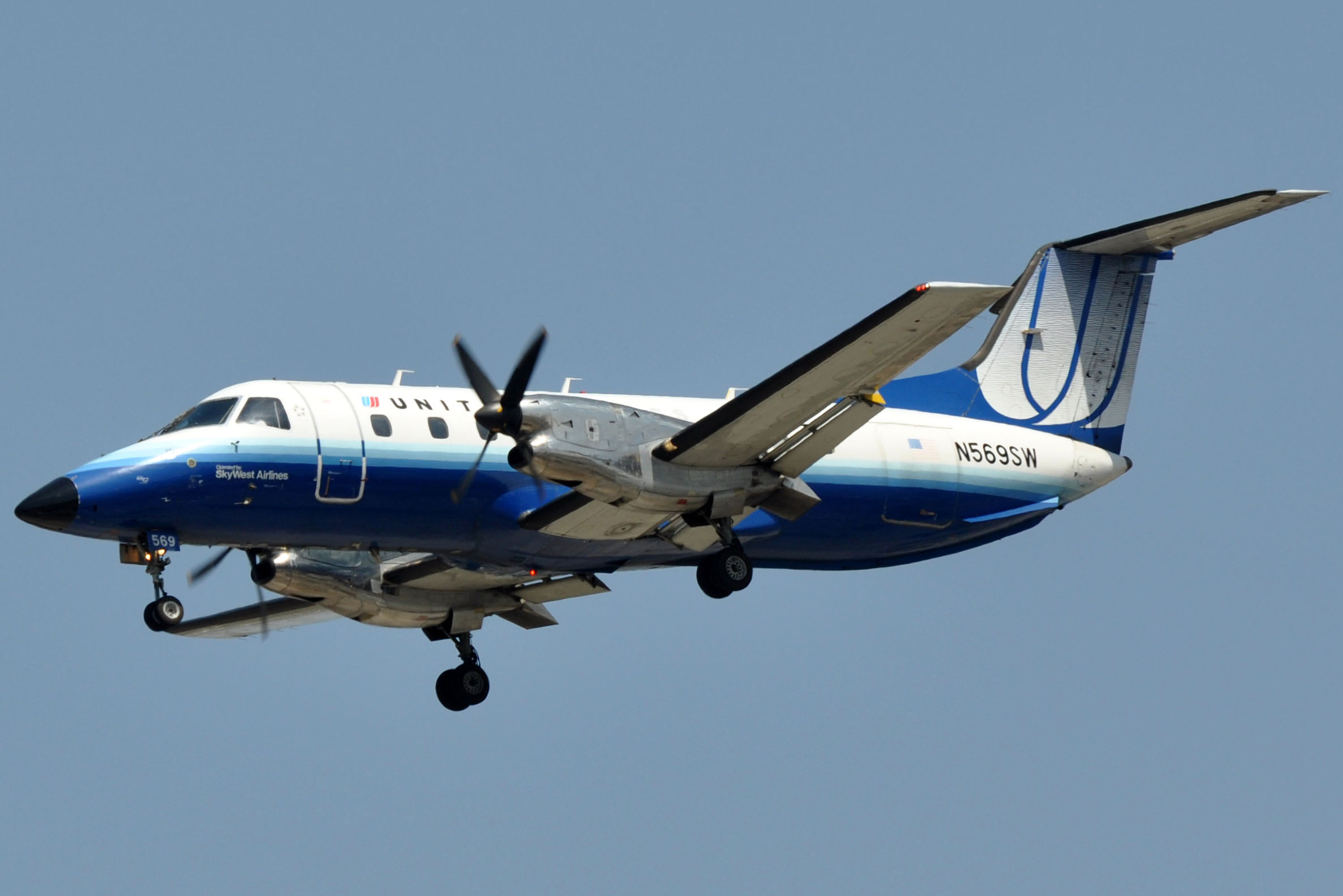
The EMB 120 began development during 1974. While initially conceived as a modular series of aircraft, the Family 12X and referred to as the Araguaia, intending to achieve a high level of commonality with the EMB 121 Xingu, the aircraft was redesigned and relaunched with the Brasilia name scheme during 1979. The redesign, which drew on operator feedback, reduced the seating capacity somewhat while removing commonality with the EMB 121. Its size, speed, and ceiling enabled faster and more direct services to be flown in comparison to similar aircraft. The EMB 120 features a circular cross-section fuselage, low-mounted straight wings and has a T-tail.
On 27 July 1983, the prototype performed its maiden flight. During October 1985, the first EMB 120 entered service with Atlantic Southeast Airlines; it quickly entered service with numerous regional airlines, particularly those in the lucrative US market. While the majority of sales were made to civilian operators, a few military customers were also garnered for the type; a specialised VIP transport version, the VC-97, was operated by the Brazilian Air Force. Numerous models were developed to fulfil differing roles and requirements; these included the flexible EMB120 Convertible and the extended range EMB120ER. During 2001, production of the EMB 120 was terminated; it was the last turboprop-powered airliner to be produced by Embraer.
Continental Express Flight 2574
Continental Express Flight 2574 (Jetlink 2574) was a scheduled domestic passenger airline flight operated by Britt Airways from Laredo International Airport in Laredo, Texas to Houston Intercontinental Airport (IAH) (now called George Bush Intercontinental Airport) in Houston, Texas. On September 11, 1991, the Embraer EMB 120 Brasilia turboprop, registered N33701, crashed while initiating its landing sequence, killing all 14 people on board. The aircraft wreckage hit an area near Eagle Lake, Texas, approximately 65 miles (105 km) west-southwest of the airport.

The media stated that there was initial speculation that a bomb had destroyed the aircraft; however, the National Transportation Safety Board (NTSB) subsequently discovered that missing screws on the horizontal stabilizer led to the crash.
Aircraft and crew

The Embraer 120 Brasilia, serial number 120077, was built in 1988, three years before the accident, and had accumulated 7,229 flight hours through 10,009 cycles. The Federal Aviation Administration records stated that the aircraft had been sent to the maintenance hangar 33 times for unscheduled repairs.
The crew consisted of 29-year-old captain Brad Patridge of Kingwood, Texas (Greater Houston), 43-year-old first officer Clint Rodosovich of Houston and 33-year-old flight attendant Nancy Reed of Humble, Texas. Patridge and Rodosovich were experienced pilots with 4,243 flight hours and 11,543 flight hours (including 2,468 hours and 1,066 hours on the EMB 120 Brasilia), respectively.
Specifications
Spotlights
- Jmestes one month ago
General Characteristics
- Predecessor Embraer EMB-120 Brasilia
- Successors 1 airplane(s)
- Created On Android
- Wingspan 64.8ft (19.8m)
- Length 66.9ft (20.4m)
- Height 23.3ft (7.1m)
- Empty Weight 12,245lbs (5,554kg)
- Loaded Weight 21,565lbs (9,781kg)
Performance
- Horse Power/Weight Ratio 0.278
- Wing Loading 28.6lbs/ft2 (139.8kg/m2)
- Wing Area 753.0ft2 (70.0m2)
- Drag Points 8099
Parts
- Number of Parts 292
- Control Surfaces 11
- Performance Cost 1,360

